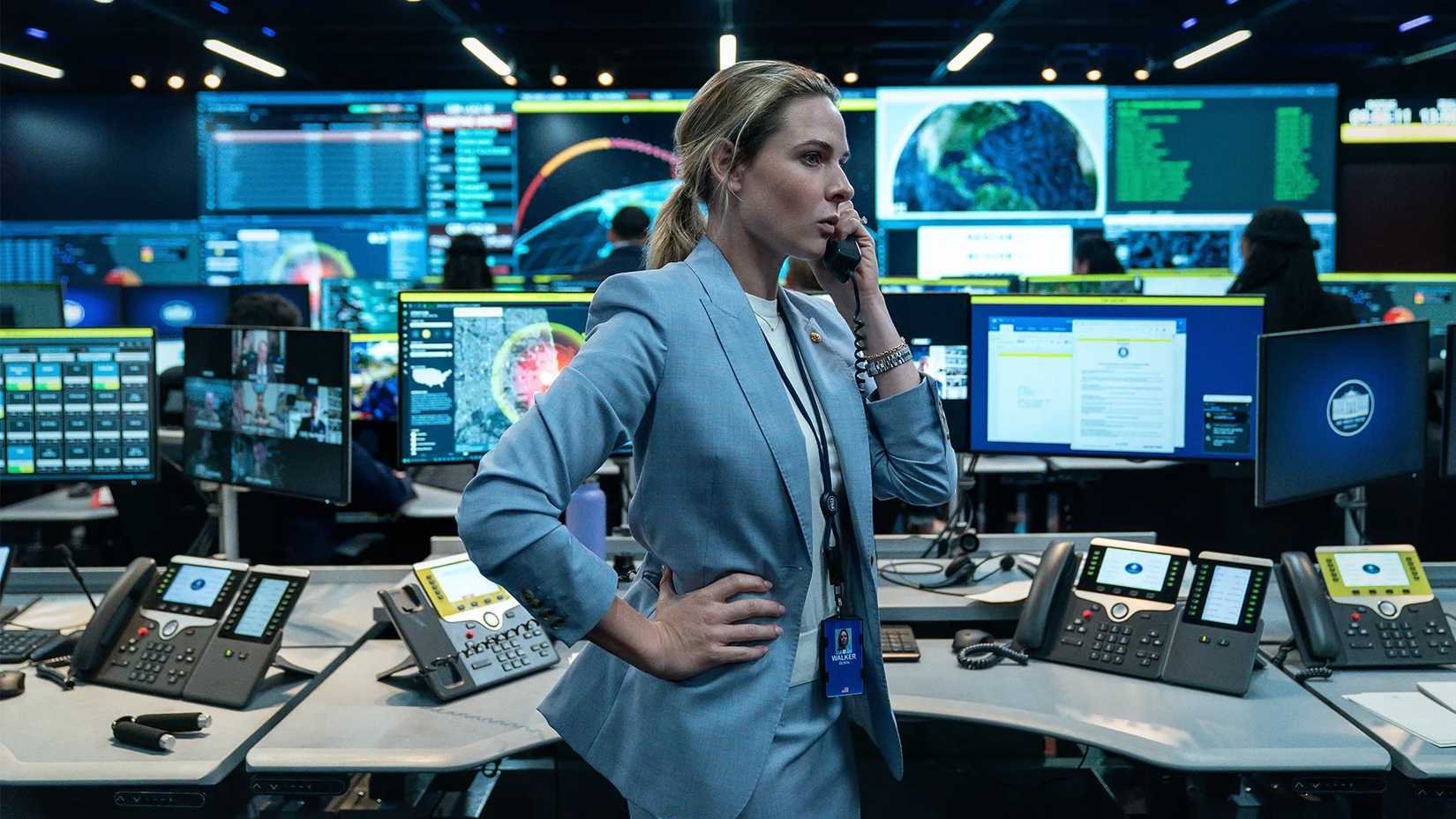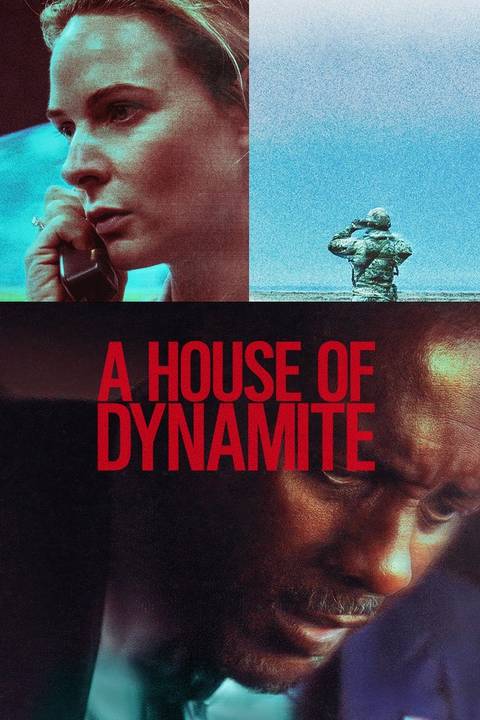Weeks ago, Netflix’s nuclear panic thriller A House of Dynamite presented audiences with a terrifying scenario. During a regular morning, government workers witness the launch of a nuclear warhead from an unspecified location or source. The radars have not detected the launch, and the missile will hit a major city in the United States in less than 20 minutes. In under two hours, A House of Dynamite showed audiences the perils of living under the authority of a government that is simply not prepared for the worst-case scenario. Although it is not based on any real event, writer Noah Oppenheim‘s inspiration is chillingly real. It’s not only that he actually spoke to U.S. officials, but the film does depict a real situation that would render the country vulnerable before a nuclear attack.
Oppenheim recently talked to Deadline about the film and its inspiration. Directed by Kathryn Bigelow, A House of Dynamite is told from the perspective of several government figures reacting to the nuclear launch. They’re not based on actual people working inside the government, but Oppenheim says he drew inspiration from retired officials:
“The people that we met and spoke to who had been watch officers in the White House Situation Room, who had been civilian officials within the Pentagon, who had been retired military, who worked for Stratcom or in missile defense — these are incredible public servants. They’re experts in their field. They devoted their entire careers to keeping us safe. The people we spoke to were as apolitical as you can imagine.”
A House of Dynamite earned acclaim from critics and audiences quickly after its release on Netflix. Most celebrated its tense pacing. However, many others criticized the ending, as the film leaves things open, and never fully reveals if the nuclear threat was real, or if the president actually decides to retaliate. Oppenheim addressed the ending:
“We were in agreement on the ending from the very beginning. And the reason for that is simple. We understood that there would be some people who craved the morbid satisfaction of seeing a CGI mushroom cloud, or maybe an orgy of many CGI mushroom clouds. We also understood that there would be some people who would want the relief of it all turning out to be some false alarm, and the disaster is narrowly averted, and we all go back to our lives. But in our view, both of those endings would have been cop-outs, and, more importantly, they’re not really the appropriate ending for the story we’re trying to tell.”
‘A House of Dynamite’ Is Not Based on a True Story – But It’s More Realistic Than You Think
Kathryn Bigelow’s nuclear thriller is not based on a true story. To everyone’s knowledge, the country has not seen a nuclear threat of this scale. Nevertheless, Oppenheim is undeniably familiar with the subject, given his past as the president of NBC News. During the interview, Oppenheim says, “They’ve done 20 tests of the system since 1999, and the success rate is roughly actually 57%, so we were being a little generous.” He also revealed the part of the movie that is actually more real, and therefore, more terrifying, than we had imagined. It has to do with the president’s preparation for an event of this nature:
“One of the scariest facts that we uncovered early in our research process was when we were speaking to a former senior official who had worked at the Pentagon, and we asked him, ‘How often does the president of the United States rehearse for this scenario?’ And his response was, ‘Hardly ever at all.’ And that’s particularly troubling, because in the United States of America, we have a nuclear monarchy. We have a system that’s based on sole authority. The president of the United States gets to decide if, when and how we use nuclear weapons unilaterally. He doesn’t have to take a vote of the Cabinet or the Joint Chiefs. He doesn’t have to build any kind of consensus at all. It’s all on his or her shoulders, and yet he’s the least prepared and practiced.
“If you talk to the people at Strategic Command, they are rehearsing these scenarios, they told us, on average 400 times a year, but all they can do is advise. The president has to make the call. And the last president who participated in a live nuclear decision-making exercise, we were told, was Reagan.”
- Release Date
-
October 10, 2025
- Runtime
-
113 minutes
- Director
-
Kathryn Bigelow


